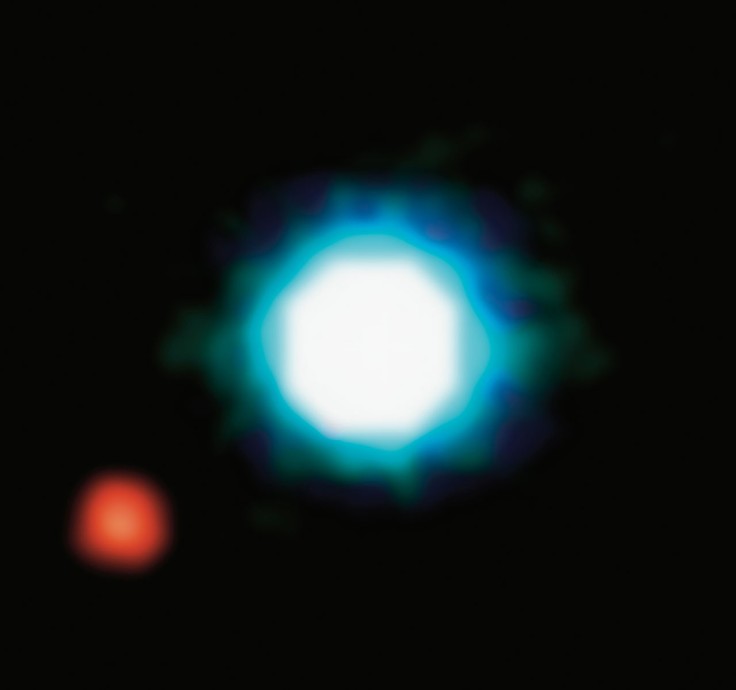An exoplanet is a planet beyond our solar system, like people outside our state or country. Due to their distance from our solar neighborhood, it is hard to see them through a telescope, let alone take a photo of them.
According to the National Aeronautics and Space Administration (NASA), astronomers find exoplanets through indirect methods. These methods include the transit method, when a planet passes in front of a star, dimming its brightness for astronomers to notice, and radial velocity, wherein orbiting planers cause stars to wobble in space, changing the color of the light astronomers observe.
However, another method would be available to astronomers in 2005, when the first exoplanet was discovered not by these methods but by taking a picture of the exoplanet itself.
This event is where the European Southern Observatory (ESO) comes in.
The First Picture of an Exoplanet

An exoplanet caught on camera through a photograph in 2004 when astronomers used the ESO's Very Large Telescope (VLT) to capture a picture of the brown dwarf star, 2M1207, per the ESO. The exoplanet, now known as 2M1207b, is the first exoplanet directly imaged in history.
The planet's characteristics were confirmed in February or March in 2005.
Read More : ESO Reveals New Photo of a Grand Design Spiral Galaxcy Snapped by the Very Large Telescope
According to astronomer's findings, 2M1207b is a Jupiter-like planet that is five times more massive than Jupiter, the biggest planet in our solar system. It orbits its parent star at a distance 55 times further than the Earth does around the Sun, or around twice as far as Neptune's orbit from the Sun.
2M1207 is 230 light-years away from Earth, in the Hydra constellation.
According to Anne-Marie Lagrange, a member of the team that took the exoplanet's picture, the exoplanet's discovery represents the first step towards one of modern astrophysics' most important missions: to characterize the physical structure and chemical composition of giant and, eventually, terrestrial-like planets, per a separate ESO post.
ESO's Very Large Telescope Details
The VLT is one of the world's most advanced optical telescopes, consisting of a 26-foot main mirror and four movable 5.9-foot auxiliary mirrors, per another ESO post.
A previous iTech Post article mentioned that these mirrors could work together to act as a giant "interferometer" to function like a telescope with a 600-foot diameter mirror that provides astronomers a finer detail of the cosmos, which is impossible to achieve if they were individually used.
The VLT's main mirror can be used to take pictures of celestial objects as faint as magnitude 30 in a one-hour exposure, meaning that it can take pictures of stars and, exoplanets and other heavenly bodies four billion times fainter than what can be seen with the unaided eye.
The VLT not only aided astronomers to take the first image of an exoplanet but also helped track individual stars moving around the supermassive black hole at the center of the Milky Way galaxy. It also aided in observing the afterglow of the furthest known Gamma-Ray Burst.
The VLT is located at the ESO's Paranal Observatory, in Chile. The observatory also houses the ESO's Infrared Survey Telescope for Astronomy and the VLT Survey Telescope.









